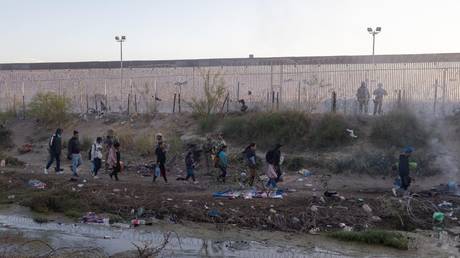ARTICLE AD BOX
Scientists say it's unlikely a large asteroid will hit Earth in the near future, but the possibility, albeit slim, has NASA looking for solutions that could prevent a serious impact.
NASA, led by scientists at the Center for Near-Earth Object Studies (CNEOS) at the Jet Propulsion Laboratory (JPL) , conducts virtual exercises every two years that simulate an impact scenario.
The most recent exercise was conducted in April, with a preliminary report issued on June 20.
The goal of these exercises, in which federal and international agencies participate, is to address uncertainties associated with an asteroid impact.
The Center for Near-Earth Object Studies (CNEOS), based in Southern California, has been instrumental in formulating these disaster management approaches for more than a decade.
These specialists are tasked with the critical task of tracking and classifying asteroids and comets, as well as identifying potential threats to Earth.
“These hypothetical scenarios are complex and require a lot of design effort, so our goal is to make them useful and challenging for exercise participants and decision makers,” says Paul Chodas, director of the Center for Near-Earth Object Studies.
Earth-Asteroid Impact Scenario
This year's simulation focused on the discovery of a hypothetical, large asteroid with a 72% chance of hitting Earth within 14 years.
Possible impact sites include densely populated areas of North America, southern Europe and northern Africa, but there is still a 28 percent chance that the asteroid will avoid Earth.
After several months of tracking, the asteroid is moving too close to the sun, making further observations impossible for another seven months, leaving decision-makers in a quandary about what to do next.
“This was a very successful mock exercise, with nearly 100 participants from US government agencies and, for the first time, international experts in planetary defense,” said Terry Daly, who coordinated the tests. “An asteroid impact would have serious national and international implications, so if this scenario were to happen for real, we would need international cooperation.”
NASA's asteroid impact drills are a stark reminder of the potential threats lurking in the universe.
These exercises simulate scenarios in which an asteroid might be on a collision course with Earth, challenging scientists to develop effective strategies to change its course or mitigate the risks.
By bringing together experts from diverse fields, from astronomy to engineering, these simulation exercises foster innovation and preparedness.
.png)
 4 months ago
3
4 months ago
3









 English (US)
English (US)